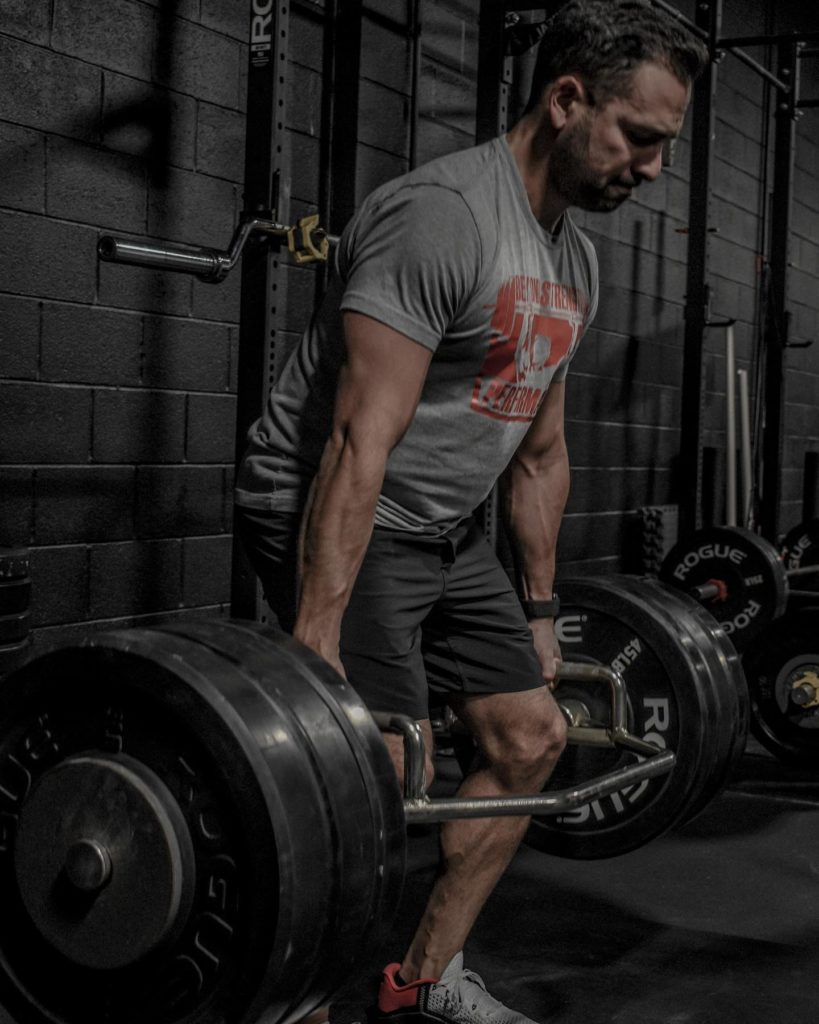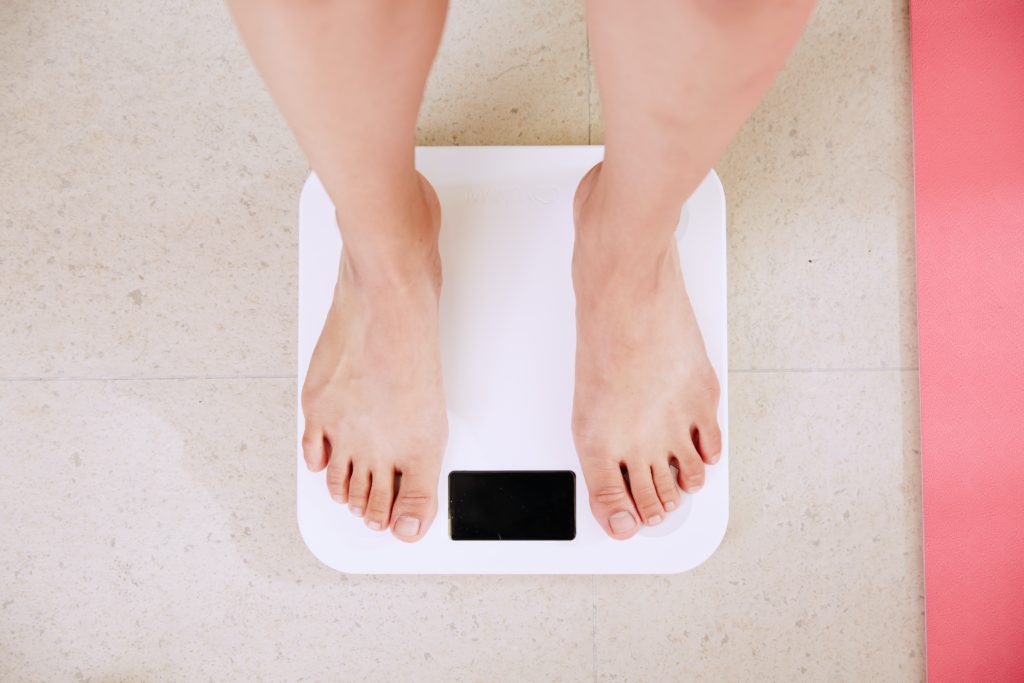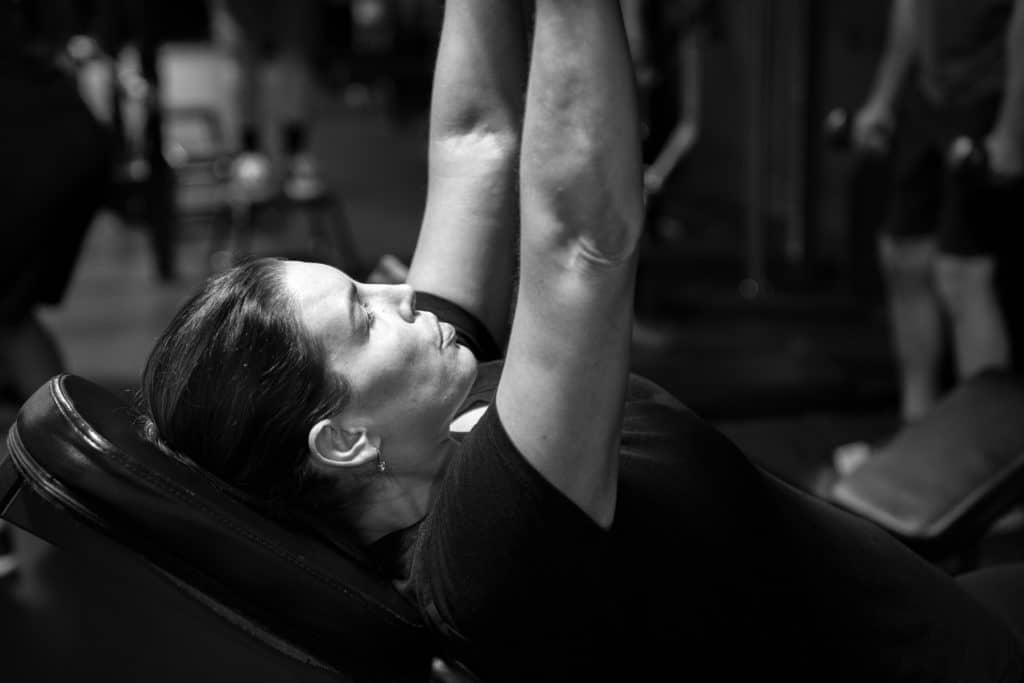Strength matters, you know this, I know this, hell, I bet your Aunt Edna from Altoona, Iowa knows this. But here’s the thing, lots of strength with lots of body weight isn’t the best thing for you. Have a look at the general health of powerlifters and strongman competitors. They ain’t too healthy. Relative strength, on the other hand, is powerful stuff. It’s foundational to health, performance, and longevity.
A Quick Definition
Relative strength is your strength relative to your body weight. That means if you’re light, but you can lift a lot, you have high relative strength.
What Does Relative Strength Do for You?
Let’s narrow it down to three words that encompass how relative strength benefits your body: reduction, resilience, neurology.
Relative strength reduces energy cost. Not, like, in your house, which would be nice, but with your movement. The easiest way to see this is with how many reps you do with a given weight. Let’s say you just started lifting and you’re doing biceps curls with 20 pounds and you’re only able to do 5 good reps per arm. But after training for 12 weeks, you’re able to do 8 good reps per arm. The reps increased because each rep costs you less energy.
This reduced energy cost follows you out of the gym. Every breath you take, every move you make, every step you take…costs you less energy. If you’re a runner, and you do nothing else but get stronger, you’re overall running fitness will improve because each ground contact takes less energy from your legs. Strength is also a big help on the uphills.

No matter what you do, run, hike, kayak, walk, strength improves your energy economy.
Strength also improves your tissue resilience. That means your connective tissue – muscles, tendons, ligaments – are better able to withstand and resist forces. That further means that it’s more difficult to damage them. Let’s again use running for context. Runners often deal with overuse injuries from the repetitive motion of putting one foot in front of the other for miles on end. Well, strength training reduces the prevalence of overuse injuries because the leg muscles, tendons, and ligaments are better equipped to absorb and redirect force. That’s one example, but this principally applies across the board.
Now, it’s impossible to totally separate all of these benefits. Reduction in energy cost and resilience are intimately linked. And so is the neurological aspect of relative strength.
Strength is mostly a neurological adaptation. Yes, it’s typically easier to make bigger muscles stronger. But that’s just because there’s more muscle to affect neurologically. There are fancy science terms to describe what happens like rate coding and motor unit synchronization. What these essentially mean is that the central and peripheral nervous system get better at sending messages back and forth. This improves and preserves neurological function and health. It also maintains and improves other things like balance. That’s why strength levels predict longevity. And longevity is pretty dang important for using all of that strength you’ve gained.
Let’s talk about what you can do to improve your relative strength.
How to Gain Relative Strength in 3 Steps
Gaining relative strength isn’t complicated. It does, however, require you to do a few things. Here are those things.
Numero Uno: Test It
It’s real dang tough to gain relative strength without knowing where you’re starting. We test relative strength every 13 weeks at Beyond Strength as part of our testing week. Also, keep tabs on your body weight. You’ll need to know how much you weigh in order to judge strength gain relative to your body weight. The easiest way to figure out your relative strength on a big lift like the deadlift is by dividing the amount you lift by your body weight. For example, if you deadlift 300 pounds and you weight 150 pounds, you’ll divide 300/150, which equals 2. Once you have that number, you continue to track weight lifted and body weight and use those numbers to calculate your relative strength. The higher the number at end of the equation, the better.

For accessory exercises like lunges and rows, just track how much weight you’re able to lift for a given number of reps and track it over time. There’s no need for fancy equations with those exercises.
Numero Dos: Lose or Maintain Weight
The easiest way to improve your relative strength is to lose weight while maintaining your strength. Now, not everyone wants to lose weight, or would benefit from losing weight, that’s why I included “maintain” in the subtitle of this section.
But let’s say that you’re 160 pounds and can deadlift 300 pounds. That means you can deadlift 1.8 times your body weight. Lose five pounds while maintaining your strength and that bumps up to 1.9 times your body weight. You got relatively stronger without actually increasing the amount of weight lifted. This is a good thing. Yes, it’d be cool to lift more weight. But maintaining strength while losing weight dramatically improves your energy economy. It’s a big win.

If you’re not willing to, or in the position to, lose weight, you’ll have to gain strength. (We’ll talk about that in the next section.) It’s important, however, to maintain a good body composition by staying lean. As you start strength training, it’s likely that you’ll see reductions in body fat without reductions in body weight. This is normal. You’ve added muscle mass, which is cool.
Numero Tres: Strength Train
I mean, duh, right? You must strength train if you want to gain strength. How you strength train depends on your training experience and goals. But there are principles that everyone should follow to gain relative strength.
First, focus on compound lifts such as deadlifts, squats, rows, bench presses, overhead presses and chin-ups/pull-ups. These movements recruit the most amount of muscle mass and have the greatest neurological effect.

Second, speaking of neurological affect, you’ll need to lift relatively heavy weights to get the most out of it. That means doing sets of 2 to 5 reps with only 2 to 3 reps in reserve at the end of each set. (Quick reps in reserve explanation: It means if the program calls for 3 reps with 3 reps in reserve, it means you choose a weight that you could do for 6 reps but only do it for 3.) Combine that rep range with that reps in reserve range and you’ll use enough weight to build strength.
Third, you must strength train consistently for long periods of time. That means lifting two to three days per week for, well, fucking ever. 🙂 Unless you’re an absolute training newbee, it takes at least 8 – 12 weeks to see notable strength gains. You’ll need to keep lifting to maintain and improve upon those gains. If you stop lifting, or only lift inconsistently, you’ll have a hard time maintaining your strength. Now, it’s okay to take a couple weeks off here and there. But to build and maintain relative strength, you’ll need consistency over the long haul.
Relative Strength: You Want It, You Need It
Relative strength is foundational to all other aspects of fitness. It reduces energy cost, improves resiliency, and enhances neurological function. Building relative strength is simple. Test it. Lose or maintain body weight or improve body composition, and strength train with compound movements and relatively heavy weight. Then keep doing that over and over and over and over and over and over and over…
You might also like:
- MEGAN GALATA: “CAN I ACTUALLY DO THIS?” FIRST WOMAN TO ACHIEVE BLACK AT BEYOND STRENGTH
- MINDSET FOR TRAINING WITH INJURIES OR LIMITATIONS
- MAKE YOUR HIPS AND BACK FEEL GREAT: WITH THESE MOBILITY EXERCISES
- LIFE BEYOND YOUR GYM GOALS
- THE MOST IMPORTANT FITNESS VARIABLES: CONSISTENCY AND CONTINUITY
- EUSTRESS TRAINING: HOW TO LIFT WEIGHTS AND MANAGE STRESS AT THE SAME TIME
- EXERCISES FOR BUILDING REAL-WORLD STRENGTH
- RUCKING: A GREAT TOOL FOR DEALING WITH DISCOMFORT
- VO2 MAX INTERVALS: INTENSE TRAINING THAT ISN’T STUPID
- WANT TO MAKE PROGRESS? PUT SOMETHING HARD ON THE CALENDAR
- STRENGTH LOVES REST: WHY YOU NEED LONGER REST PERIODS TO BUILD STRENGTH
- HOW TO RECOVER FROM YOUR WORKOUTS
- MORPHEUS HEART RATE TRAINING: WHAT IT IS, WHY WE USE IT, AND HOW YOU CAN GET THE MOST OUT OF IT
- START NOW: WHY WAITING FOR THE PERFECT TIME IS THE WORST THING TO DO
- HOW (AND WHY) OUR YEAR-LONG TRAINING PLAN WORKS
